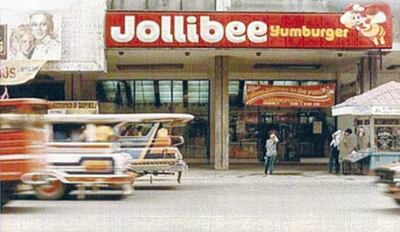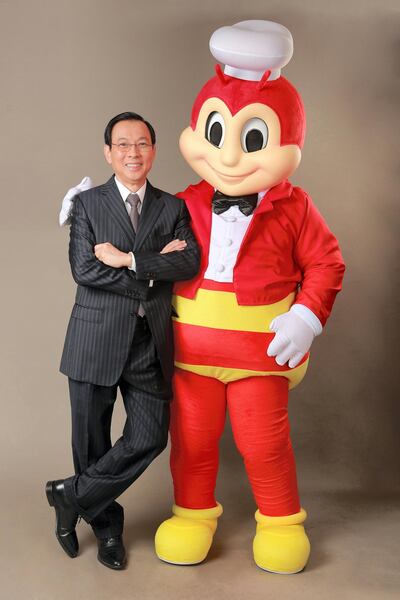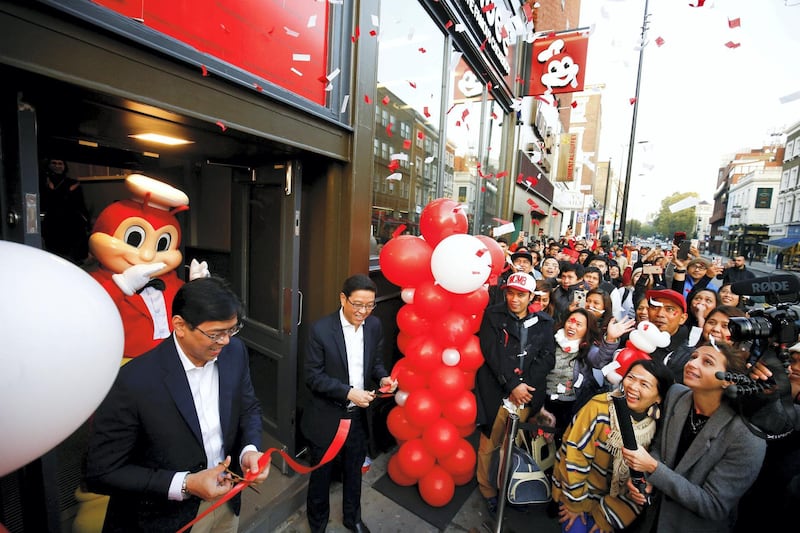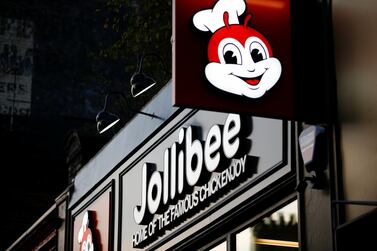When Anthony Bourdain – the late chef, author and host of CNN's Anthony Bourdain: Parts Unknown – visited a branch of Jollibee in Los Angeles for his series, he tried the halo-halo. This is a mix of mung, white beans, Jell-O, chickpeas, coconut, shaved ice and flan. His verdict: "It makes no sense at all … but we love it."
The same could be said of the Filipino fast-food chain’s success story.
A jolly journey
Last October, Jollibee opened its 37th store in America. It was the second in New York State, but a first for Manhattan. The first customer arrived outside its doors 20 hours before its 8am opening. Despite the cold and persistent rain, a steady stream of people joined the queue throughout the night and into the early hours of the morning. Granted, to celebrate the brand's 40th anniversary, Jollibee was giving the first 40 customers in line free Chickenjoy meals for a year, but that queue extended way beyond 40 foodies – even without diet-busting incentives, people were going crazy for Jollibee.
The first UK store also opened in the same month. It was only the second European launch – after Milan earlier in the year – and queues began 18 hours before opening. "It [Britain] has a big Filipino population and it has a big fried chicken market," Jollibee chief executive Ernesto Tanmantiong said at the time.
By the time the doors opened in the morning, there were more than 1,000 people lined up around the block for Chickenjoy, peach mango pie, halo-halo and other Filipino-influenced items on the eclectic menu. Arguably, people haven't been this excited about something from the Philippines since Manny Pacquiao was in his prime.
The growth of Jollibee has been one of the biggest global food trends of the last 18 months – 317 stores opened in the Philippines last year, while 180 new outlets were unveiled abroad. It is now the 24th largest fast-food chain globally – including coffee chains – by number of branches, and fifth among companies not from the United States.
In tandem, Jollibee Foods Corporation's profit rose by 17.1 per cent to $158 million (Dh580.3m) in 2018, as it opened those nearly 500 stores – the most it has opened in a single year. There are already plans to open another 150 stores in the US alone within the next five years.
Jollibee in the UAE
In the UAE, Jollibee already has 14 branches, with 44 across the GCC. The team says they will be opening five more in the region before the end of this year, including two in the UAE – in Sharjah's Sahara Centre and on Hamdan Street in Abu Dhabi. After the opening of its second outlet in the capital on Al Falah Street, Naim Maadad, chief executive of the hospitality development company Gates Hospitality, told The National: "Jollibee knows its business and its customers, but you need to sell a lot of chicken at Dh18 to make a profit."
Hisham Al Gurg, chief executive of Jollibee UAE, says: "The UAE is a key expansion market for the brand ever since we launched our first outlet in The Dubai Mall in 2015. The launch of the new restaurants is driven by strong demand. We have seen an increase in traffic to all our outlets, and the popularity is increasing among different nationalities, especially for our best-selling product, Spicy Chickenjoy."
Originally an ice-cream parlour
Founded by Tony Tan Caktiong in 1975, Jollibee actually began as an ice-cream parlour and did not leave its home country until the first international store opened in Taiwan in 1986. The third of seven siblings, Caktiong was from a Chinese family who had immigrated to the Philippines in search of work. At only 22, he raised 350,000 pesos (Dh24,762) via his family's savings to invest in an ice-cream parlour franchise, opening two outlets – Cubao Ice Cream House and Quiapo Ice Cream House. Acquiescing to customer requests, hot food and sandwiches were added and, as those sales took off, the outlets became fast-food restaurants that catered to local tastes.

From various types of sausage in banana-ketchup spaghetti to garlic rice served as part of breakfast meals, the menu was proudly Filipino, leaning on the preferred sweeter flavours. The "langhap sarap" tagline of the brand (meaning "deliciousness inhaled"), was coined as a nod to the sweet smell of the dishes. Even the arrival of McDonald's, with its western fast-food staples, in 1981 did little to dent that domestic growth. Jollibee still outsells McDonald's and KFC in the Philippines.
The Filipino food revolution
Now, the West is waking up to the cuisine, and Filipino food in general is having something of a moment. In Los Angeles, one of the hottest restaurants receiving broad acclaim and awards is the ironically named Ma'am Sir. It seems the Philippines is the next stop on the West's culinary tour of Asian cuisines, but it's their fast food the public is clamouring after, with a growing number of devotees.

Jollibee is not the first fast-food place to have garnered a cult following, of course, and neither is such fervour a western phenomenon. When Five Guys launched in The Dubai Mall, for the first two weeks it was probably the busiest restaurant in the country, and if anyone ever gets the franchise for In-N-Out-Burger in the UAE, we'll almost certainly see the same kinds of crowds. Some places just spark that kind of love.
Of course, burgers are one thing – the menu at Jollibee appeared for years to be a harder sell to consumers outside the expat Filipino market. But decades on from its inception, it is one of the biggest international hits in fast food. Perhaps it's the inevitable desire for something new and different that drives food trends, the evolution of global dining and visual appeal via social media – or maybe the world is at last waking up to the unique joys of fast food with a Filipino influence.







